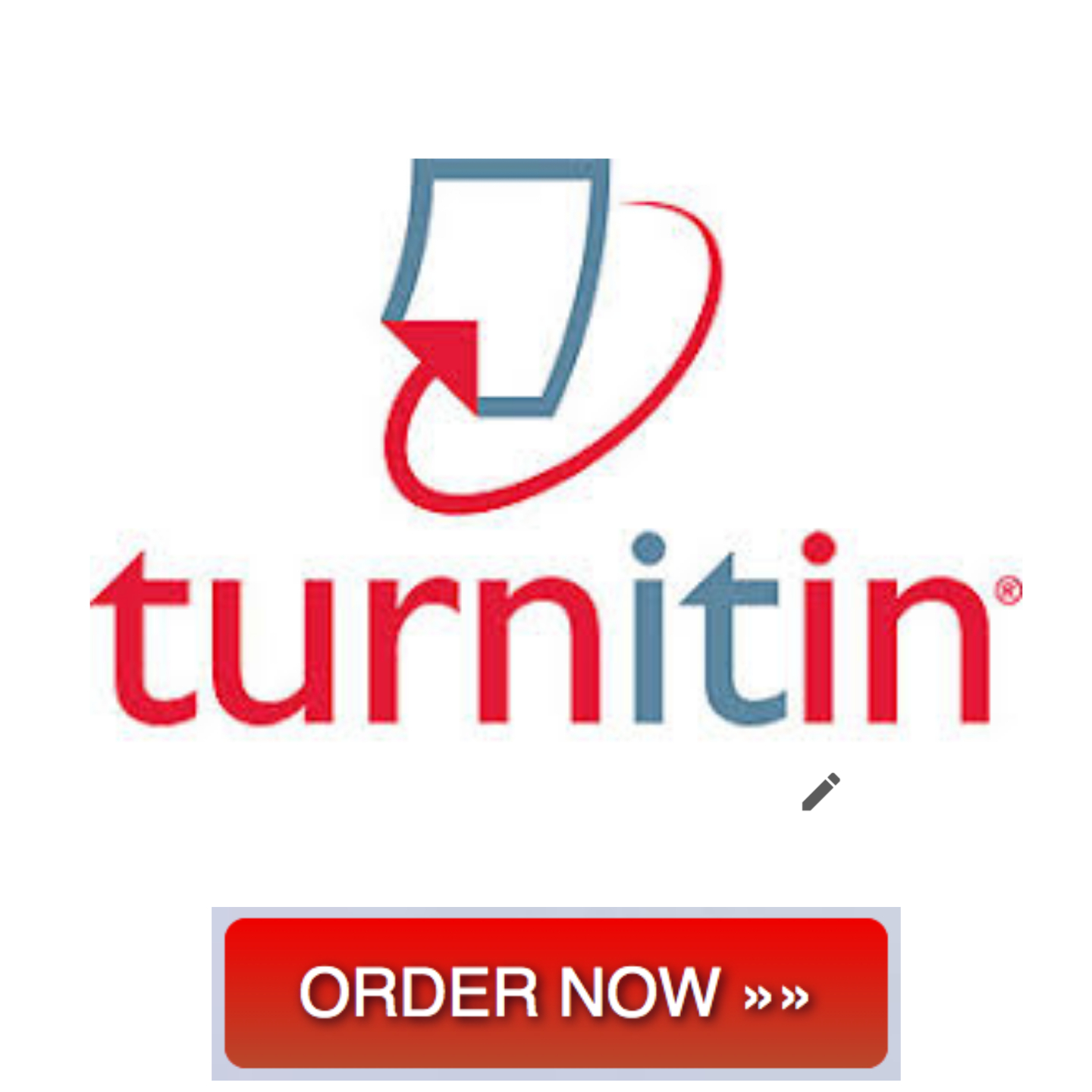Indicators of nursing quality Scenario Mr. J
Indicators of nursing quality Scenario Mr. J
Mr. J is a retired rabbi who is 72 years old and has been told he has mild dementia. After falling at home and breaking his right hip, he was taken to the hospital. He has taken painkillers and is sleepy, but he knows how to answer simple questions.
A week after Mr. J. was taken to the hospital, his daughter came to see him. She lives eight hours away. She found him in bed, tied down. Even though Mr. J. was a little sleepy, he was able to recognize his daughter and ask her to take off the restraints so he could be helped to the bathroom.

Indicators of nursing quality Scenario Mr. J
His daughter went to get a CNA to help her father get to the bathroom and take off the restraints. When the CNA was helping Mr. J. sit up in bed, his daughter saw a red, depressed spot on his lower spine that looked like a bad sunburn. She told the CNA about what happened, and the CNA said, “Oh, don’t worry about that.” As soon as he gets up, it will go away.” The CNA helped Mr. J get to the bathroom. When she got him back to bed, she had him lie on his back so she could put the restraints back on.
“Regular, kosher, chopped meat” was Mr. J’s diet order. Mr. J was alone in his room when his meal tray came the day after his daughter arrived. After 30 minutes, the nurse went back into the room and saw that Mr. J had eaten about 75% of the meal. The meal was called “regular chopped meat” on the menu. On the tray were the pieces of a pork cutlet that had been cut up.
Indicators of nursing quality Scenario Mr. J
The nurse told her boss, who told her, “Just keep quiet. It’ll be fine.” The supervisor of nursing then told the supervisor of the kitchen about the mistake. The kitchen manager told the people who were working what had happened.
When the patient’s daughter came to see her later that night, she didn’t know what had happened.
The next night, the daughter was there when a food worker brought the tray at dinner time. “I’m so sorry about last night’s pork cutlet,” the worker told the patient’s daughter. When the daughter asked what had happened, she was told that “the order got messed up.” After that, the daughter asked the nurse what had happened. While confirming what happened, the nurse told the girl, “Half a pork cutlet has never killed anyone.”
The daughter then called the doctor, who in turn called the head of the hospital. The doctor, who is also Jewish, told the administrator that he has heard from several of his Jewish hospitalized patients in the last six months that their dietary requests were not taken seriously.
The hospital has 65 beds and is in a small town with few Jewish people. The few Jews in the town usually get care in a bigger city 20 miles away, where there is a Jewish hospital.
Requirements
The work you send in must be your own. Even if the source is cited correctly, no more than 30% of the submission as a whole and no more than 10% of any one source can be directly quoted or closely paraphrased. When you turn in your work, you get a report on its originality that you can use as a guide.
Indicators of nursing quality Scenario Mr. J
You must use the rubric to guide how you make your submission, since it has detailed criteria that will be used to judge it. Each of the requirements below can be judged in more than one way. The titles of the rubric’s parts may have links to relevant parts of the course.
Do the following to analyze the situation (this should take 2–3 pages):
A. Talk about how using nursing-quality indicators could help the nurses in this case find problems that might get in the way of caring for patients.
B. Look at how hospital data on specific nursing-quality indicators, such as the number of pressure ulcers and how often restraints are used, could improve the quality of care for all hospital patients.
C. Think about the specific system resources, referrals, or colleagues that you, as the nursing shift supervisor, could use to solve an ethical problem in this situation.
D. Give credit to the source of content that is quoted, paraphrased, or summed up by using in-text citations and references.
E. Show that you can communicate professionally through the content and format of your submission.
Related Posts:
- Discuss a scenario in which you, as a nurse, safeguarded two of the following principles for the patient
- Nursing Sensitive Indicators
- CHCAGE005 PROVIDE SUPPORT TO PEOPLE LIVING WITH DEMENTIA ASSESSMENT
- Assignment 1: Differential Diagnosis For Skin Conditions NURS_6512_comprehensiveSOAP
- Case Study 19: Foodborne Illness Erin C. is a 27-year-old professional woman
- Case Study: A 42-year-old male reports pain in his lower back for the past month
- Telehealth impact in Health care organizations and Patient Safety


